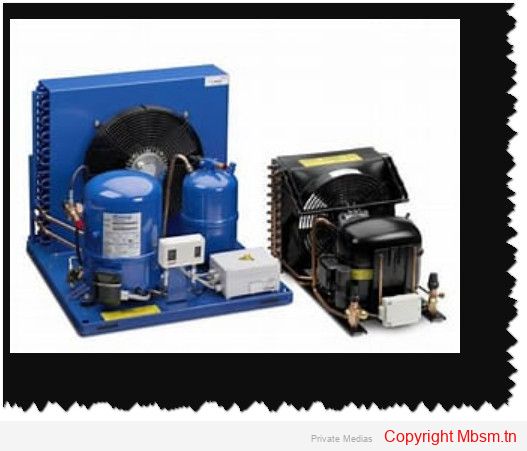Selecting the appropriate compressor for your refrigeration system is essential for maximizing efficiency, performance, and longevity. This guide outlines the key factors to consider, enabling you to make an informed choice tailored to your specific requirements.
1. Assess Your Refrigeration Requirements
Load Requirements: Start by determining the cooling load necessary for your application. Calculate the required capacity based on the size of the space and the type of products stored. For instance, perishable items like meat require lower temperatures than fruits and vegetables.Temperature Range: Identify the specific temperature range needed for your products. Different items have varying sensitivities to temperature changes, so select a compressor that can maintain consistent conditions.
2. Calculate Compressor Capacity
Capacity Measurement: Compressor capacity is measured in BTUs (British Thermal Units) or horsepower (HP). To determine the required capacity, consider:
- Space Volume: Measure the length, width, and height of the area to find its cubic footage.
- Insulation Quality: Better insulation reduces the load on the compressor, potentially allowing for a smaller unit.
Compressor Types: Understand the different types of compressors available:
- Single-stage Compressors: Suitable for applications that consistently operate at full load.
- Multi-stage Compressors: Ideal for heavy-duty tasks requiring higher efficiency and better compression ratios.
3. Evaluate Efficiency and Performance
Energy Efficiency Ratings: Look for compressors with high energy efficiency ratings. A more efficient motor helps reduce operating costs and energy consumption over time.Starting Torque Requirements: Consider starting torque needs based on your system design. Compressors with low starting torque (LST) work well with capillary tubes, while those needing high starting torque (HST) are better suited for systems with non-equalized pressures.
4. Consider Environmental Impact
With growing environmental regulations, opt for compressors compatible with eco-friendly refrigerants such as R290 or R600A. These refrigerants not only minimize environmental impact but also enhance overall energy efficiency.
5. Review Manufacturer Specifications
Consult manufacturer specifications and selection tools to ensure you choose a compressor that aligns with your needs. Many manufacturers provide charts and software to assist in selecting compressors based on refrigerant type, suction line temperature, and condensing temperature.
6. Seek Professional Advice
If you’re uncertain about your selection or need help sizing a compressor, consult refrigeration professionals or engineers who can provide expert guidance based on their experience.
Conclusion
Choosing the right compressor is critical for optimizing your refrigeration system’s performance and efficiency. By carefully assessing your requirements, calculating capacity, evaluating energy efficiency, considering environmental impact, and consulting professionals when needed, you can select a compressor that meets your operational demands while contributing to sustainability. This revised guide emphasizes clarity and effectiveness while maintaining essential information for readers seeking to optimize their refrigeration systems.

| Attachment | Type | Link |
|---|---|---|
| Mbsm-tn-private-media__Mbsm_media_2024-12-20_213855 | image/jpeg | Get Link |




